
The effectiveness of the use of innovative technologies in the formation of grammatical skills of students in a foreign language lesson in secondary school
Student: Kaliyeva Tomiris AYA-103
Supervisor: Borshch K.A.
The need for effective, research-based tech methods to teach grammar in school foreign language classes.
Analyzing the pedagogical impact of generative and interactive digital tools and game-based platforms in grammar instruction.
The process of teaching foreign language grammar in secondary school.
The use of innovative technologies to form grammar skills in secondary school students.
The purpose of the work
- To study and analyze scientific, pedagogical and methodological literature on the problem of grammatical skills formation in foreign language teaching.
- To study the existing types of innovative technologies, to evaluate their didactic potential and peculiarities of their application in the educational process when teaching grammar.
- Conduct a comparative analysis of traditional and innovative teaching methods.
- Identify the types of innovative technologies that are most effective in forming middle school students' grammar skills.
- To develop and implement the methodology of using innovative technologies (namely, interactive platforms and Internet resources) in foreign language lessons.
- To organize and conduct a pedagogical experiment, within the framework of the study of lessons using classical and innovative approaches.
- To draw conclusions about the effectiveness of using the investigated innovative technologies in the formation of grammatical skills.
CHAPTER I. Theoretical bases of grammatical skills formation at foreign language lessons
- Grammatical skills mean automatic use of grammar rules in speech.
- Include morphological, syntactic, receptive, and productive components.
- Develop through stages: imitation → transformation → reproduction.
- Require regular practice, varied contexts, and gradual automation.
- Influenced by age, cognitive development, and native language.
- Young learners learn well through games but struggle with abstract rules.

The concept of «innovative educational technologies»
Innovative educational technologies are modern digital tools and methods that aim to enhance the learning process by making it more interactive, personalized, and flexible. Their main purpose is to shift education from traditional, teacher-centered instruction to student-centered, practice-oriented learning, where technology supports engagement, feedback, and independent progress.
- Digital platforms: online classrooms, collaborative documents, learning management systems
- Mobile apps: access to materials anytime and anywhere
- Multimedia content: interactive books, videos, simulations
- AI-based tools: adaptive exercises, personalized feedback, automated assessment
- Role transformation: technology as a digital tutor and real-time progress tracker

- Focus on rule memorization, translation, and mechanical drills
- Grammar taught deductively: rule → example → exercises
- Lessons often monotonous, lacking creativity or speech practice
- Students remain passive, primarily listening and copying
- Strong theoretical knowledge, but poor real-life communication skills
- Speaking and listening are often neglected
- Grammar seen as abstract, leading to reduced motivation
- Includes communicative, task-based, inductive, and blended models
- Grammar taught as a tool for real communication
- Emphasis on interaction, creativity, and meaningful speech tasks
- Uses role plays, games, multimedia, and real-life contexts
- Students are active participants in learning
- Combines inductive (discovery) and deductive (explanation) methods
- Digital tools and AI (e.g. ChatGPT, Quizlet, Kahoot!) enhance personalization, motivation, and retention
CHAPTER II. Innovative technologies in foreign language teaching
A wide range of innovative technologies are used in foreign language teaching to enhance learner engagement, interactivity, and personalization. These tools help shift learning from passive instruction to active participation and real-world communication. Recent studies highlight mobile apps, multimedia platforms, speech technologies, and gamification as the most widely applied and researched. Main types of innovative technologies:
- Mobile learning
- Multimedia platforms
- Speech & text technologies
- Game-based learning
- Communication tools
- Collaborative platforms
- Learning Management Systems (LMS)
- AI-based tools
Didactic Possibilities of Innovative Technologies
Innovative technologies like AI tools and chatbots provide real-time correction of grammatical errors. Unlike traditional lessons, where feedback may be delayed, digital platforms help learners adjust their responses instantly, increasing learning efficiency and awareness.
Mobile apps and grammar games improve learners’ ability to spot and fix mistakes, with studies showing higher test results. These tools make grammar practice engaging, accessible anytime, and effective even outside the classroom setting.
Platforms for pair/group work (e.g., Google Docs, Zoom) support peer error correction and dialogue. AI systems like ChatGPT offer personalized grammar explanations and tasks, making learning more interactive, contextualized, and motivating.

CHAPTER III. The practice of using innovative technologies at the foreign language lesson in the formation of grammatical skills of 5th grade students
Characteristics and peculiarities of applied innovative technologies
- Increasing interactivity, motivation, and personalization in language learning.
- Using gamified tasks to make grammar practice engaging and fun.
- Providing instant feedback to support quick correction and learning.
- Reducing fear of mistakes and build learner confidence.
- Support a more dynamic, flexible, and student-centered learning experience.

Organization and conduct of foreign language lessons with the use of interactive platforms and Internet resources aimed at the development of grammatical skills of students
A two-month experiment with 5th grade students compared traditional and technology-enhanced English lessons. In the innovative format, tools like Kahoot, Quizlet, and ChatGPT were used for interactive grammar tasks such as quizzes, games, and creative writing. This approach increased student engagement, encouraged collaboration, and helped learners create their own examples. Game-based tools improved interest and retention, while AI features allowed for personalized task difficulty. The teacher’s role shifted to that of a facilitator, combining direct instruction with interactive digital practice.

Kahoot Examples
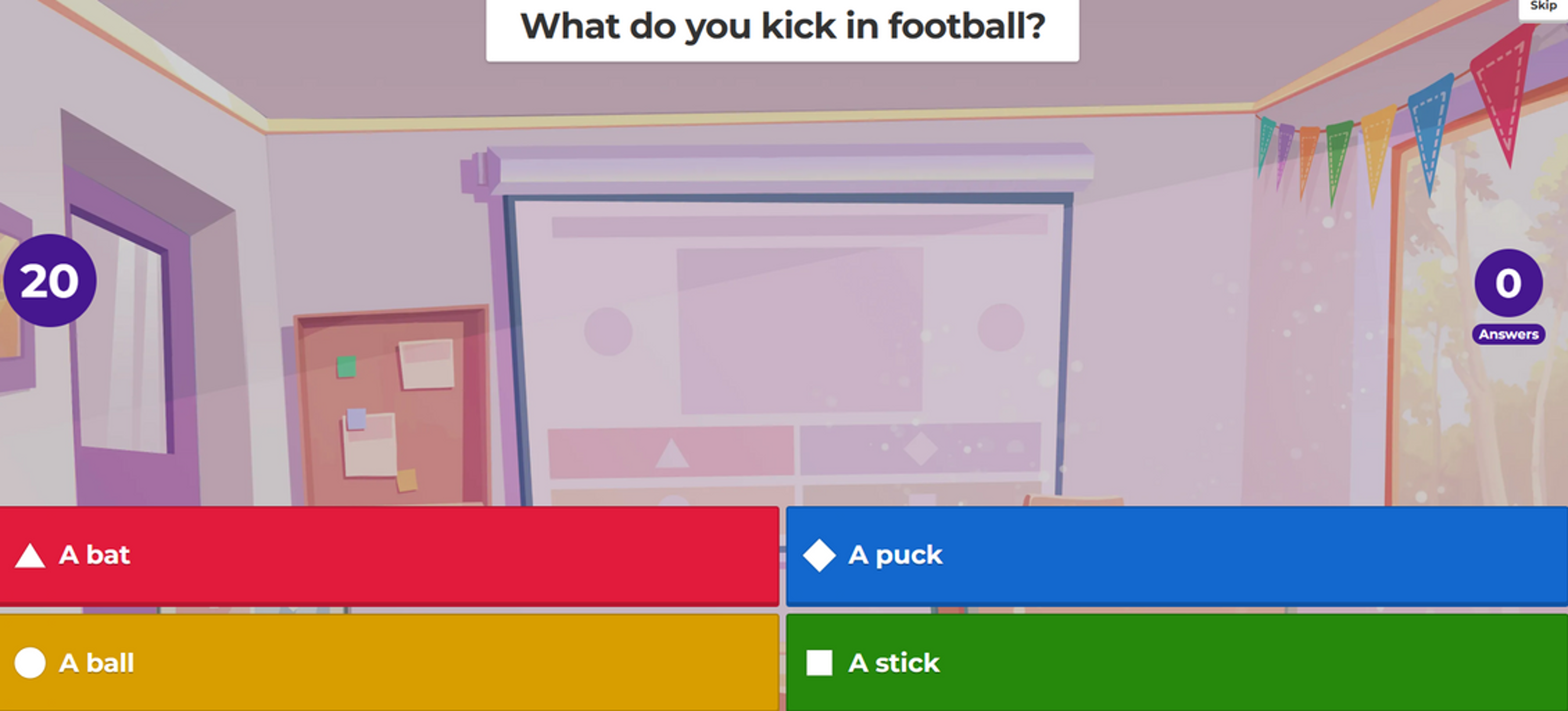
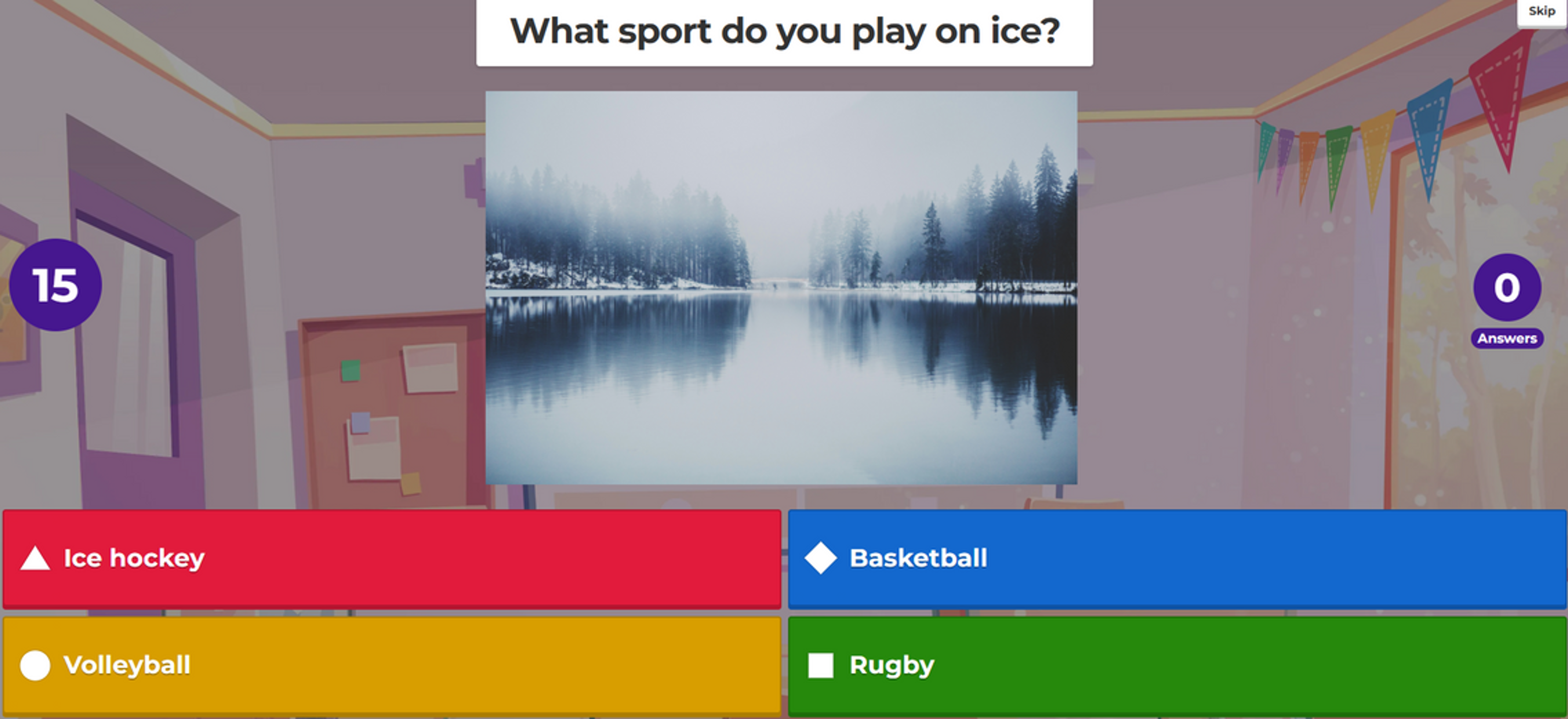
Kahoot Examples
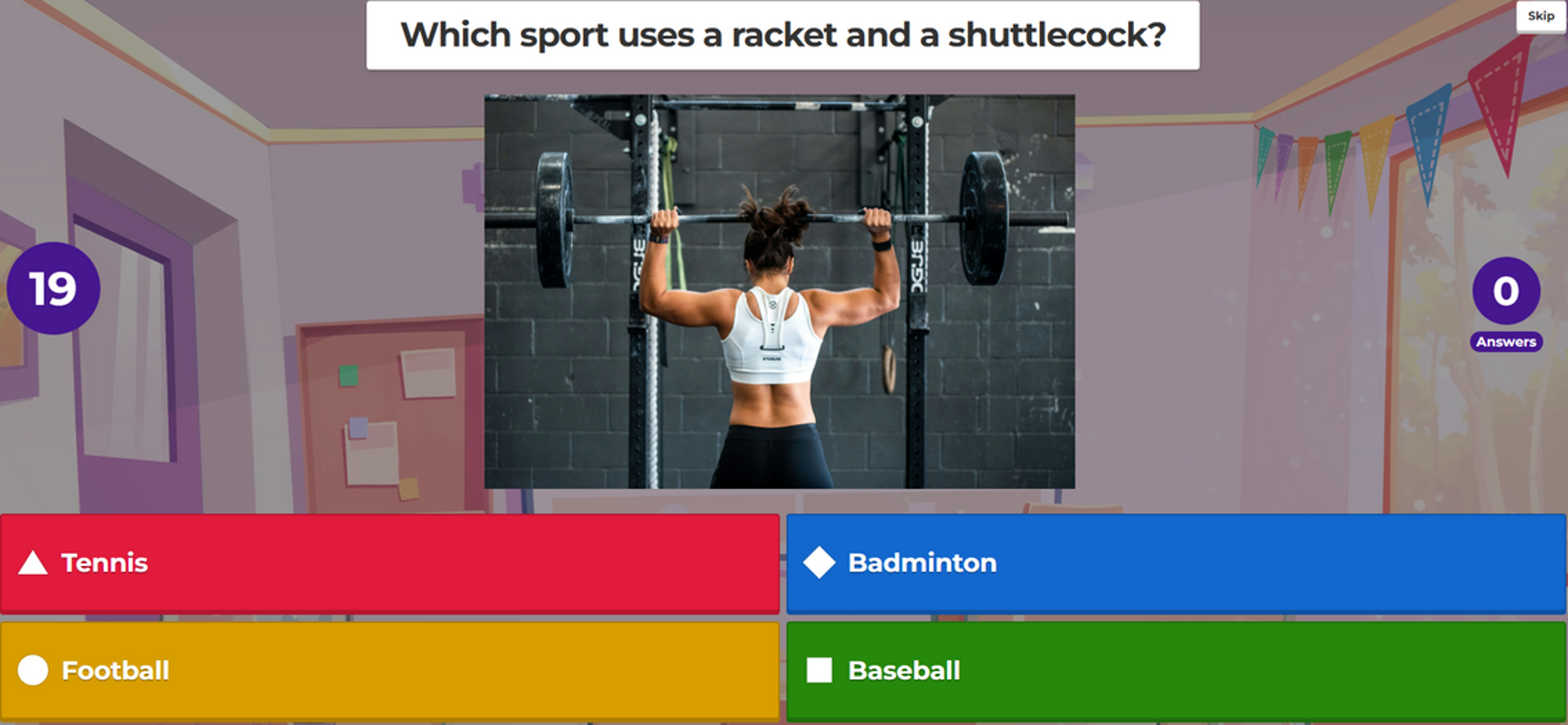
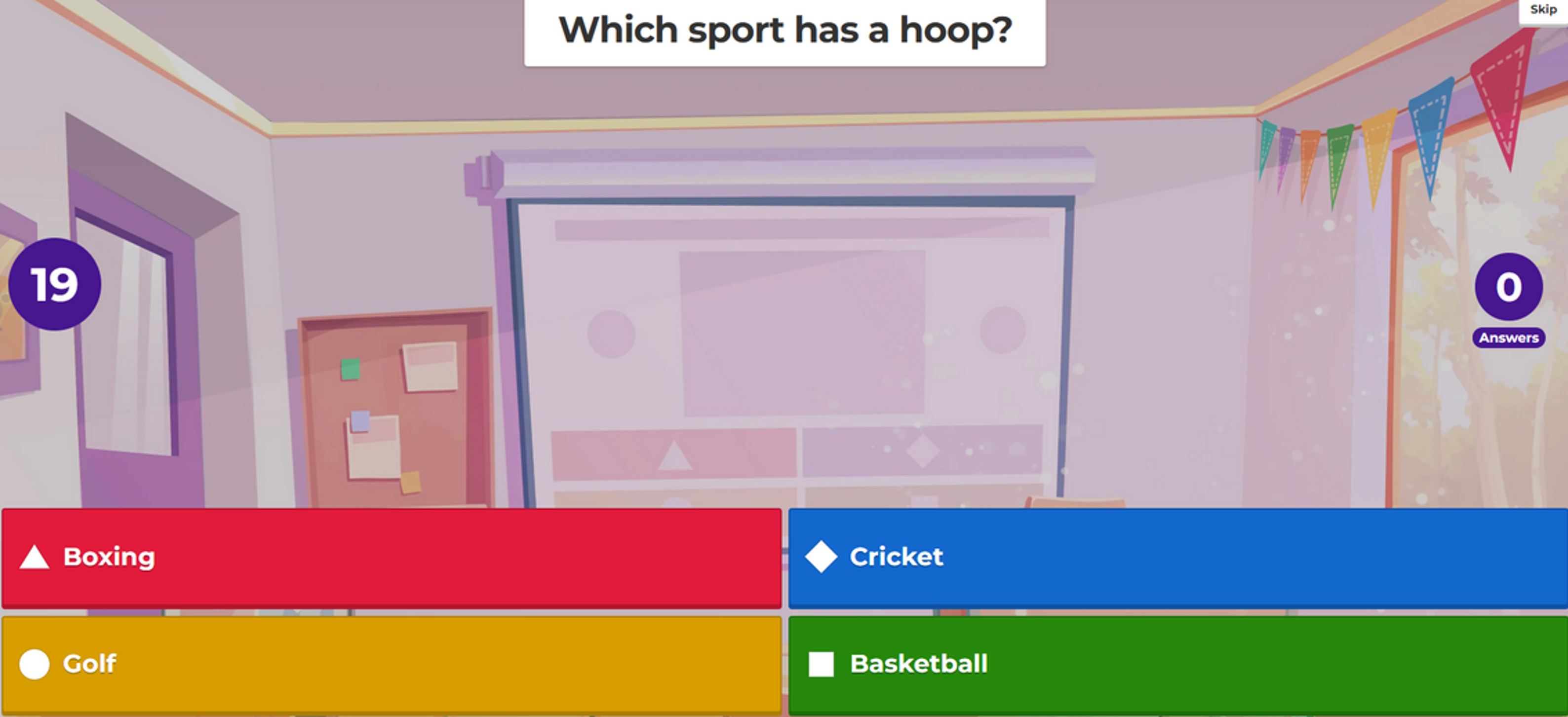
Kahoot Examples
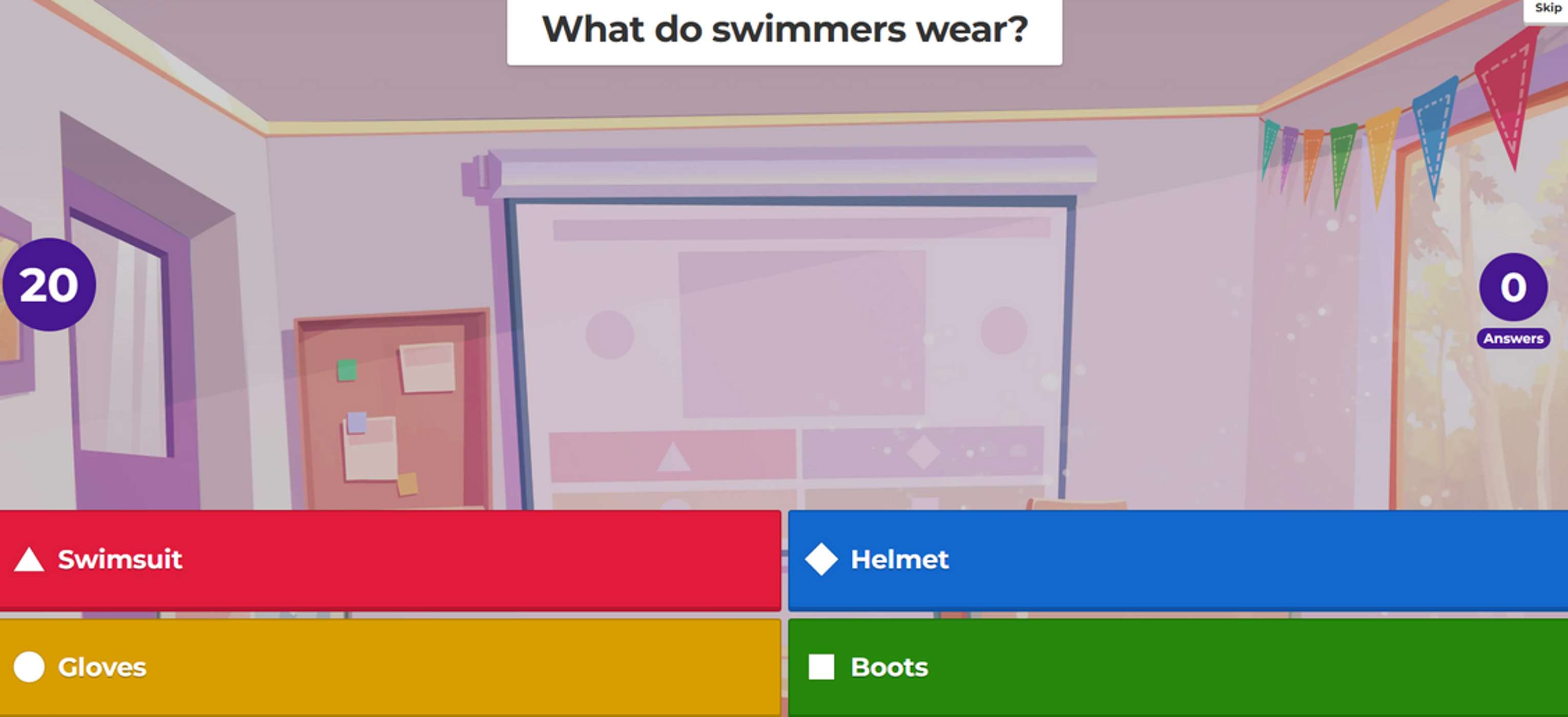
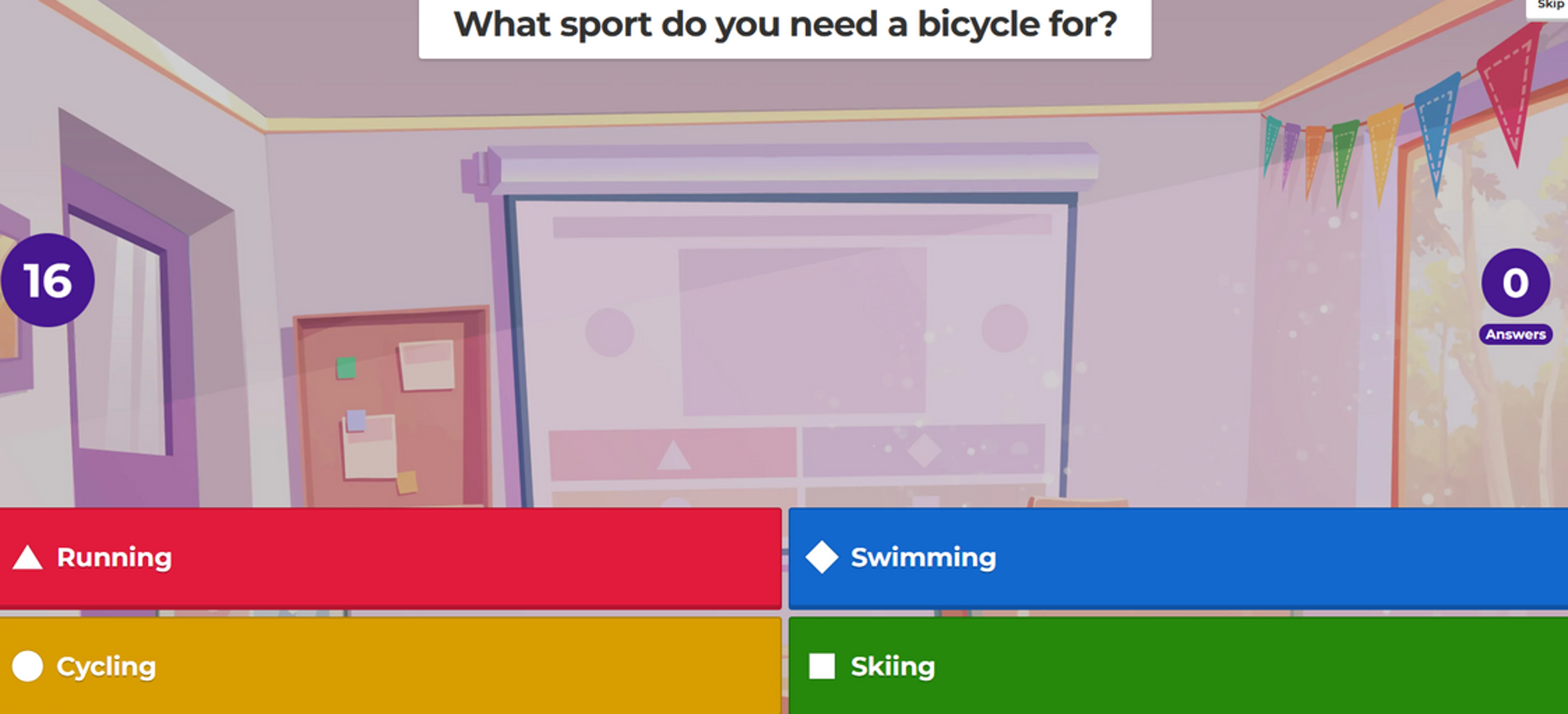
Kahoot Examples
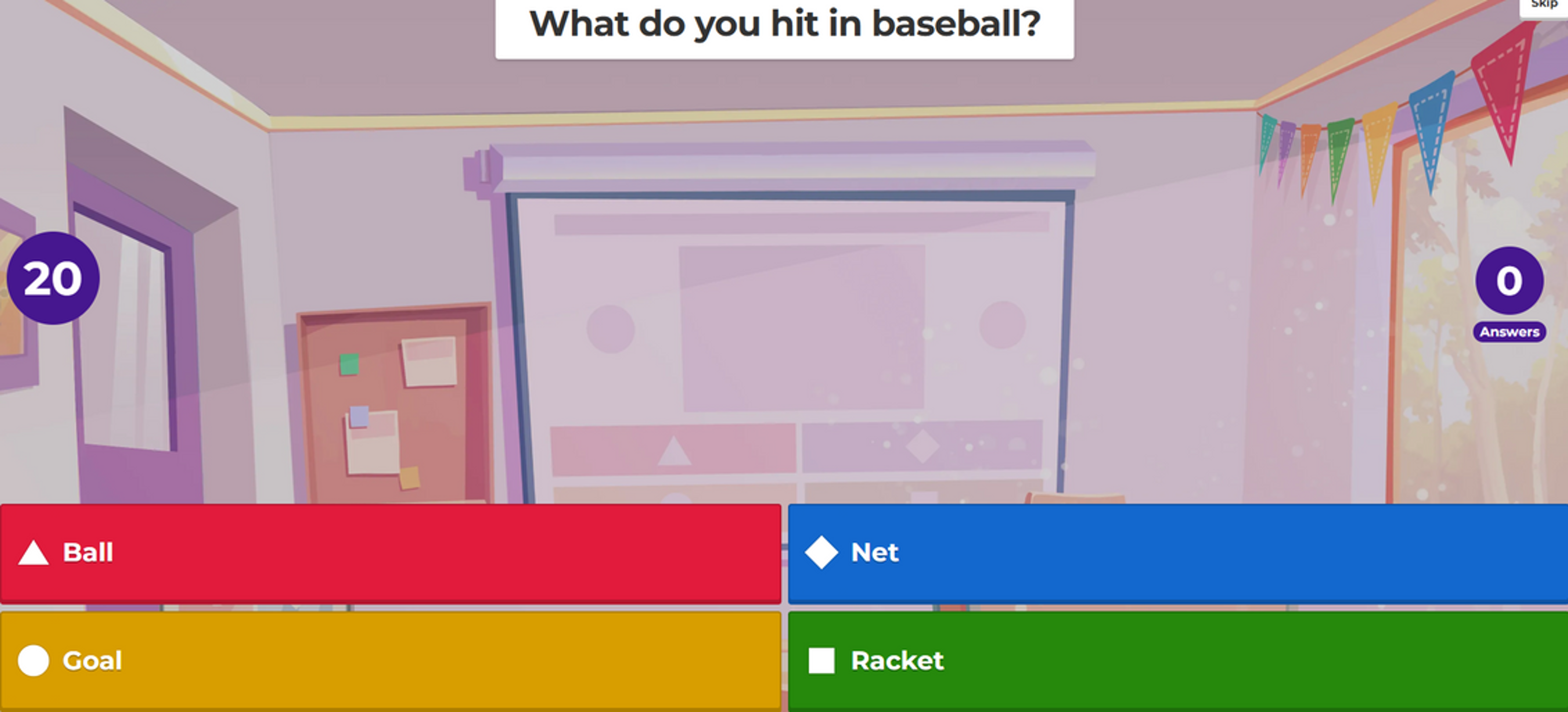
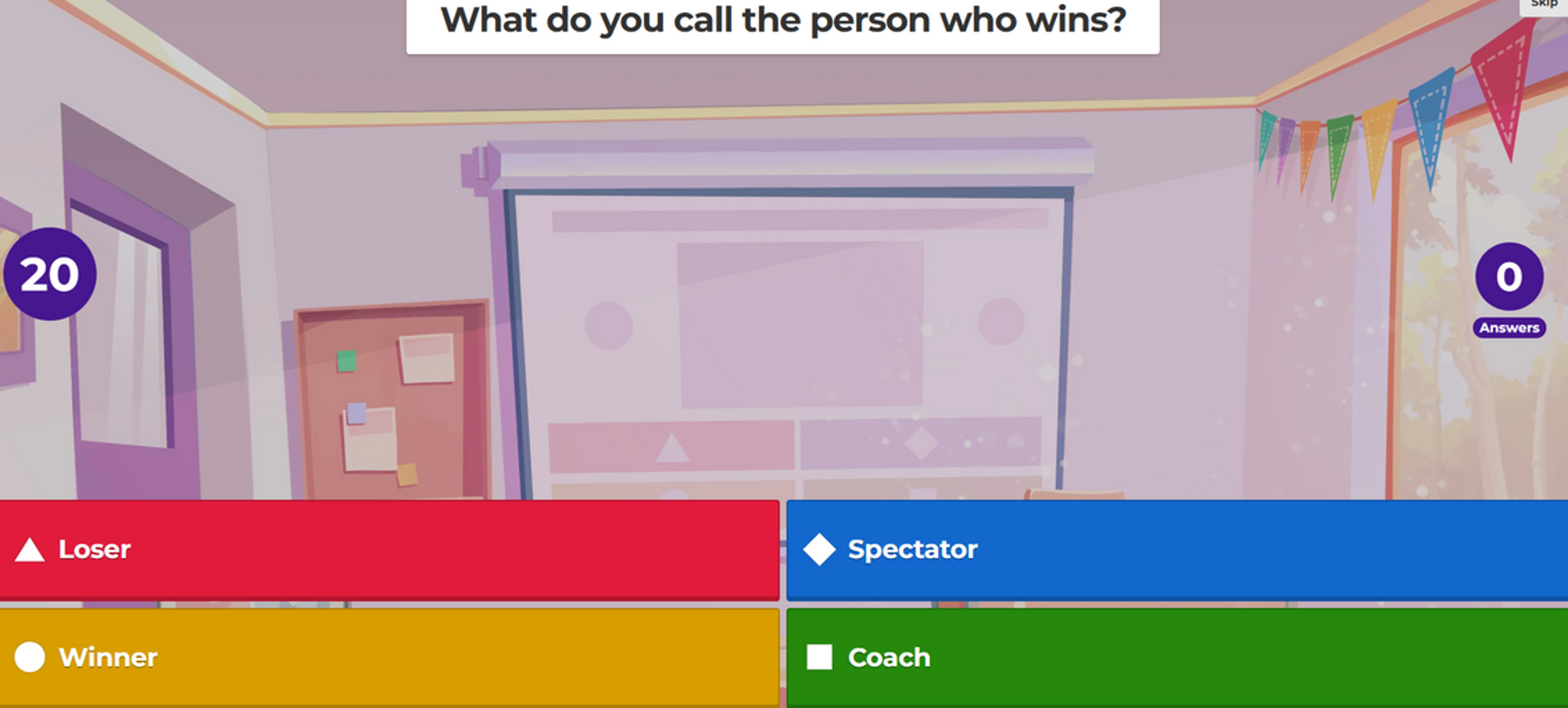
Kahoot Examples
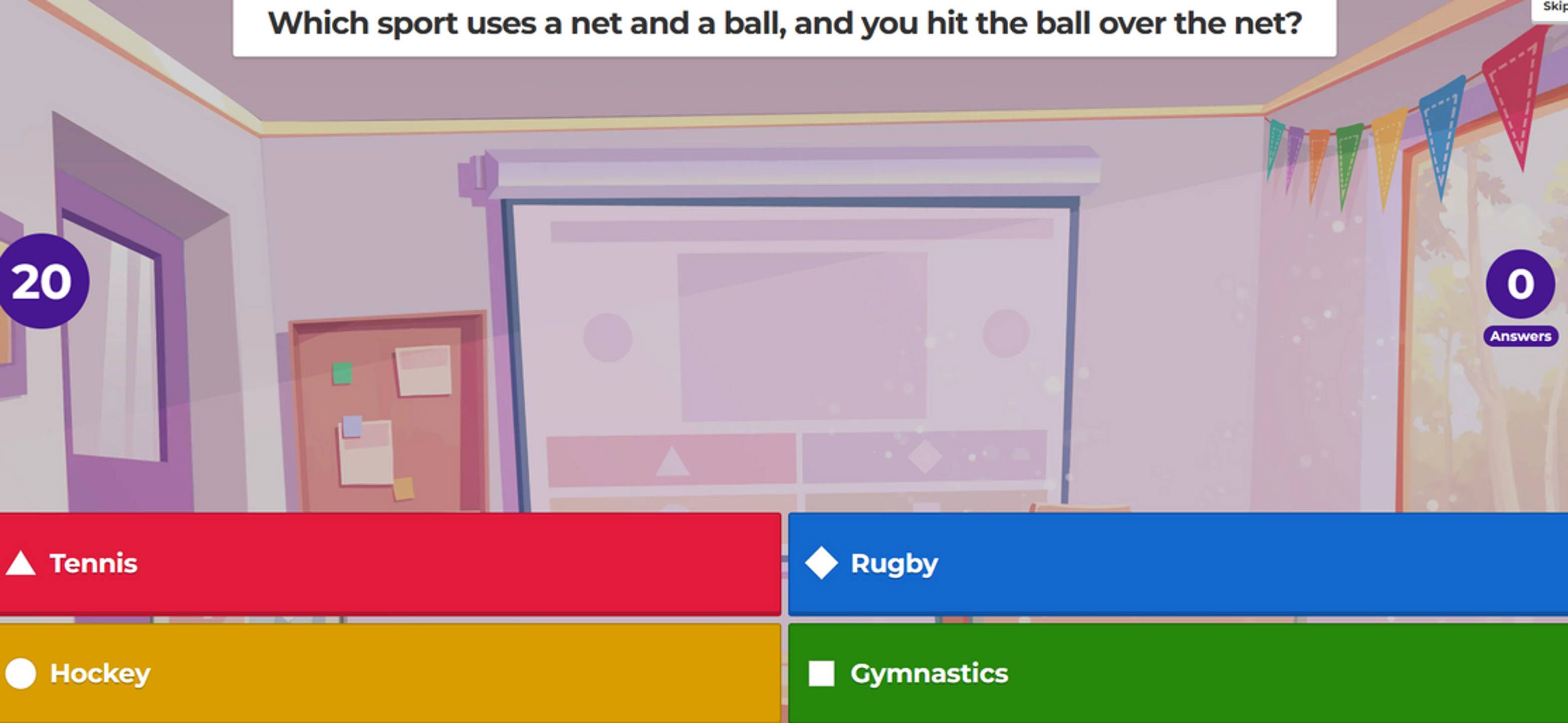
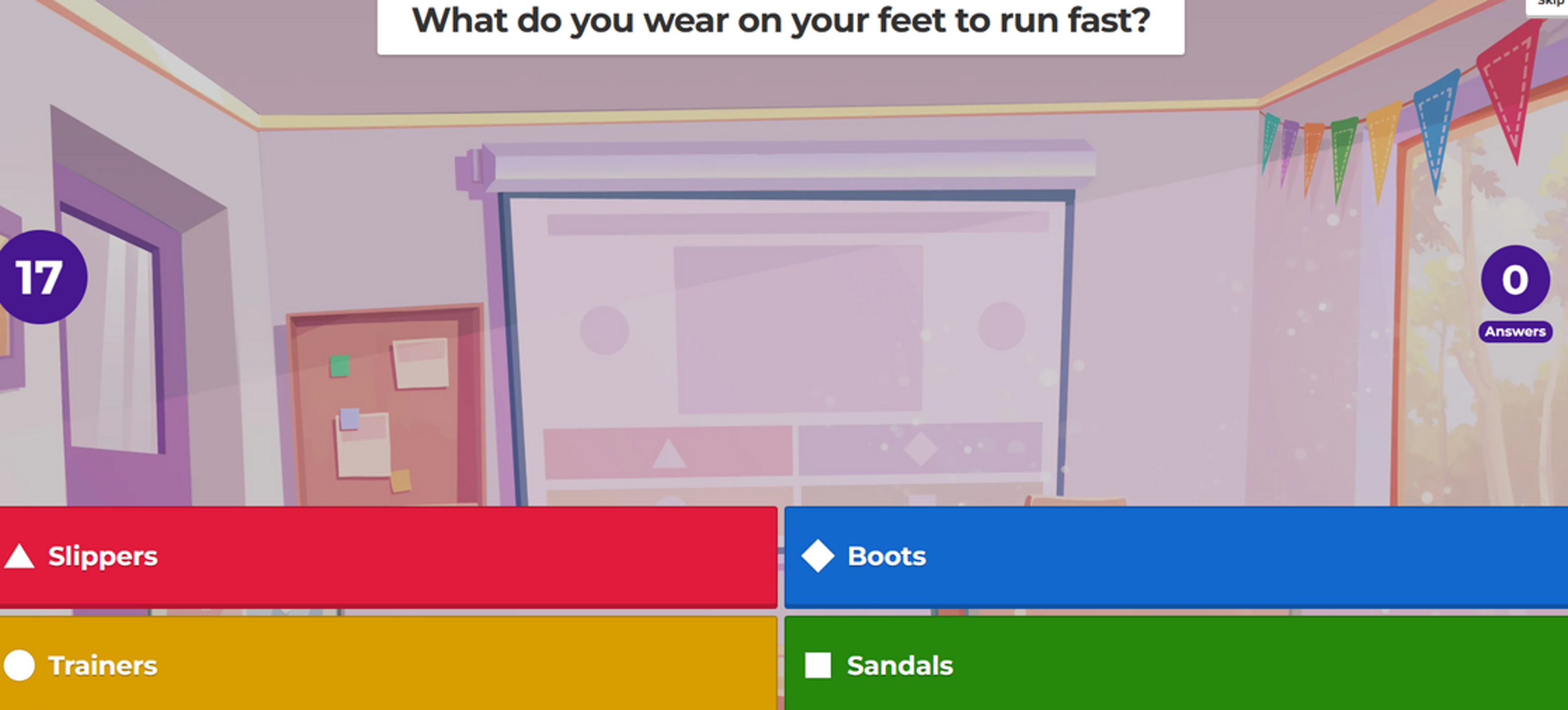
Quizlet Examples


Quizlet Examples
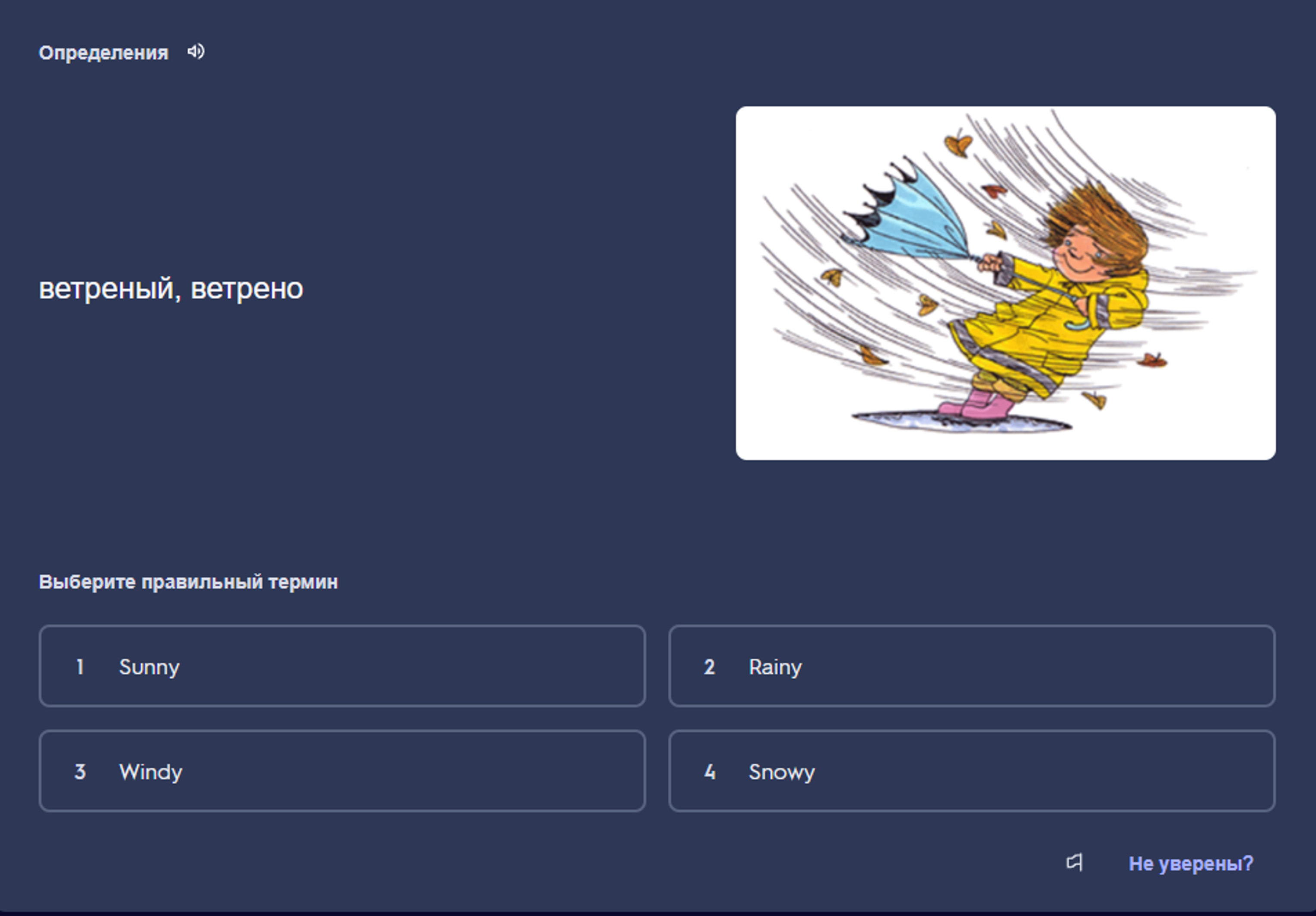

AI Presentation Example
Results of the Experiment
- Over 50% of students preferred lessons with Kahoot/Quizlet.
- ChatGPT-based tasks made grammar easier and more engaging.
- Instant feedback and gamified elements boosted enthusiasm.
- Students stayed focused longer in interactive lessons.
- Actively corrected errors, built sentences, and competed in games.
- Grammar was experienced, not just explained.
- Scores in tech-enhanced lessons were ~30% higher.
- Better accuracy and faster response times on tests.
- Students described grammar as clearer and more fun.
- Anticipated new game tasks with excitement.
- Lessons fostered confidence and positive classroom atmosphere.
Conclusion
This study confirms that integrating innovative technologies like AI tools and interactive platforms significantly enhances the development of grammatical skills in secondary school foreign language lessons. Compared to traditional methods, tech-based approaches improve motivation, engagement, and performance - demonstrated by a 30% higher success rate among 5th grade students. Instant feedback, gamified tasks, and adaptive learning foster better understanding and long-term retention. Overall, these tools transform grammar instruction into a more effective, student-centered, and emotionally supportive process that should be regularly incorporated into modern teaching practice.
